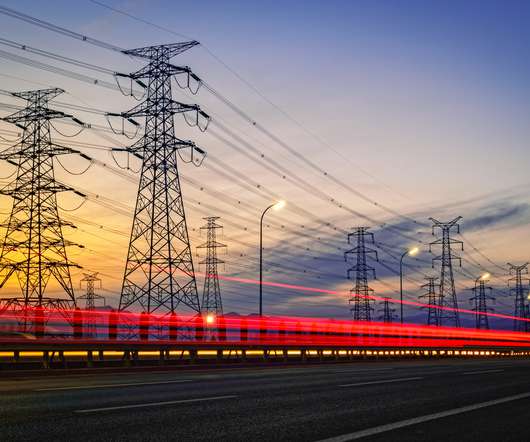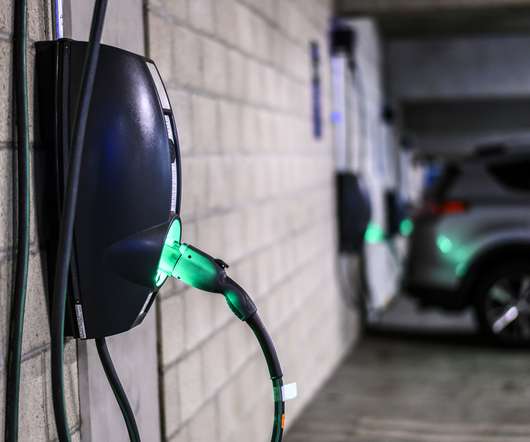Vattenfall, BMW and Bosch test second-life EV battery electricity storage in Hamburg for grid stabilization
Green Car Congress
SEPTEMBER 23, 2016
Vattenfall, BMW and Bosch are testing the use of second-life EV batteries in a 2 MW, 2,800 kWh energy storage system in Hamburg, Germany, to keep the electricity grid stable. The electricity storage facility comprises 2,600 battery modules from more than 100 electric vehicles.












Let's personalize your content